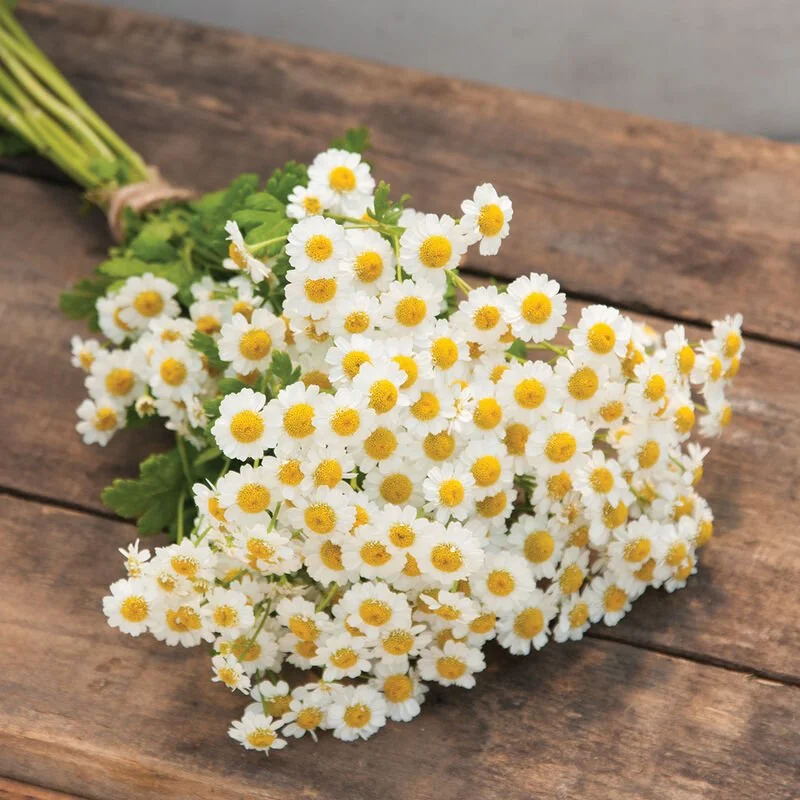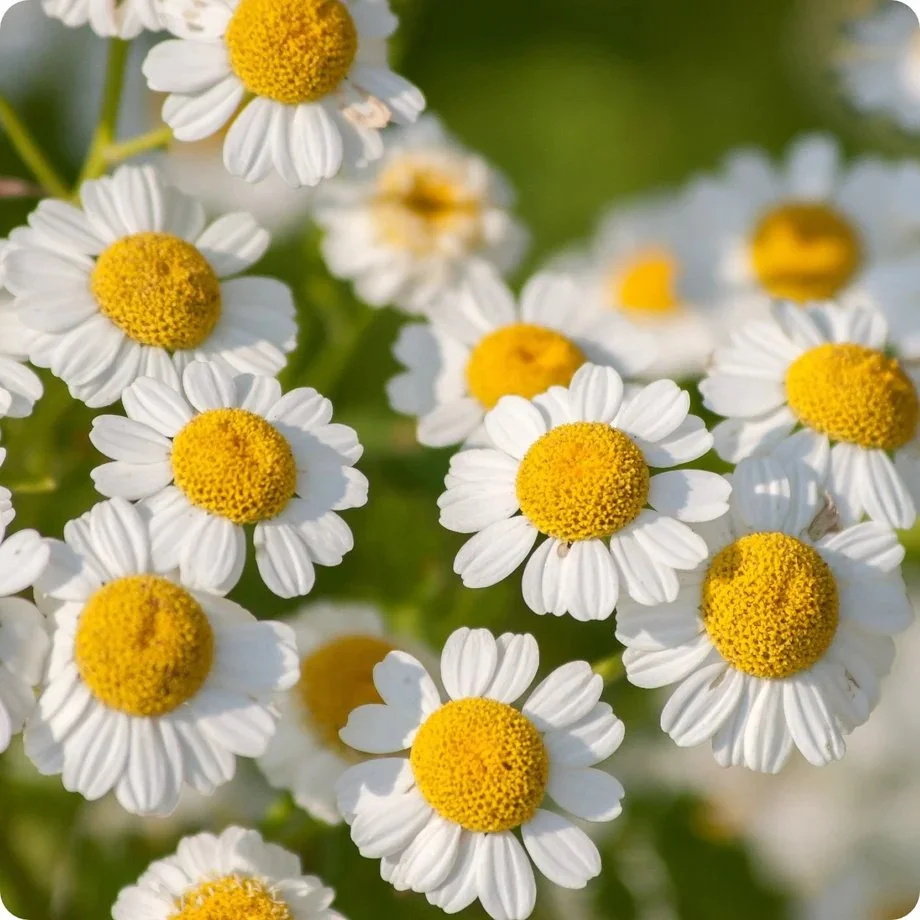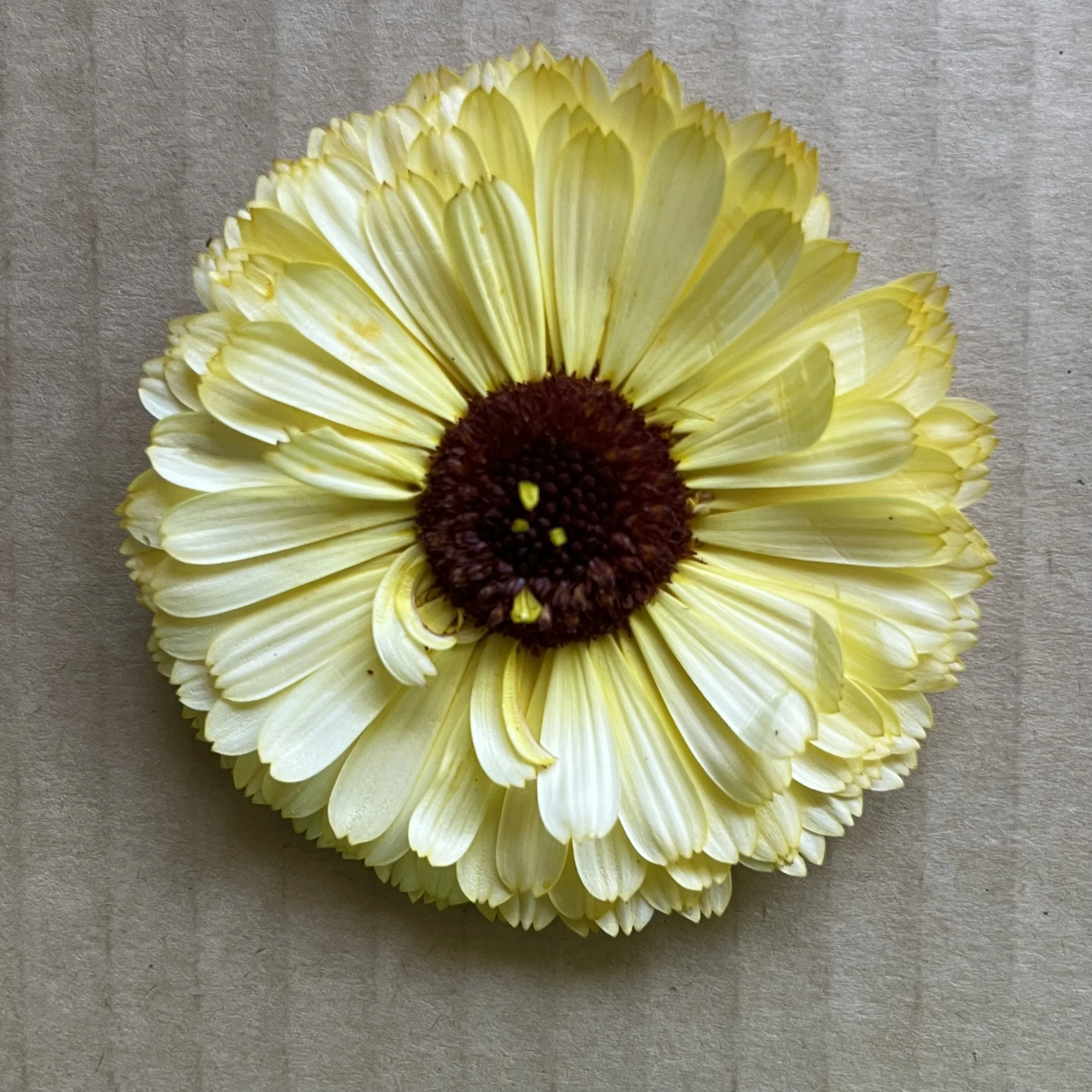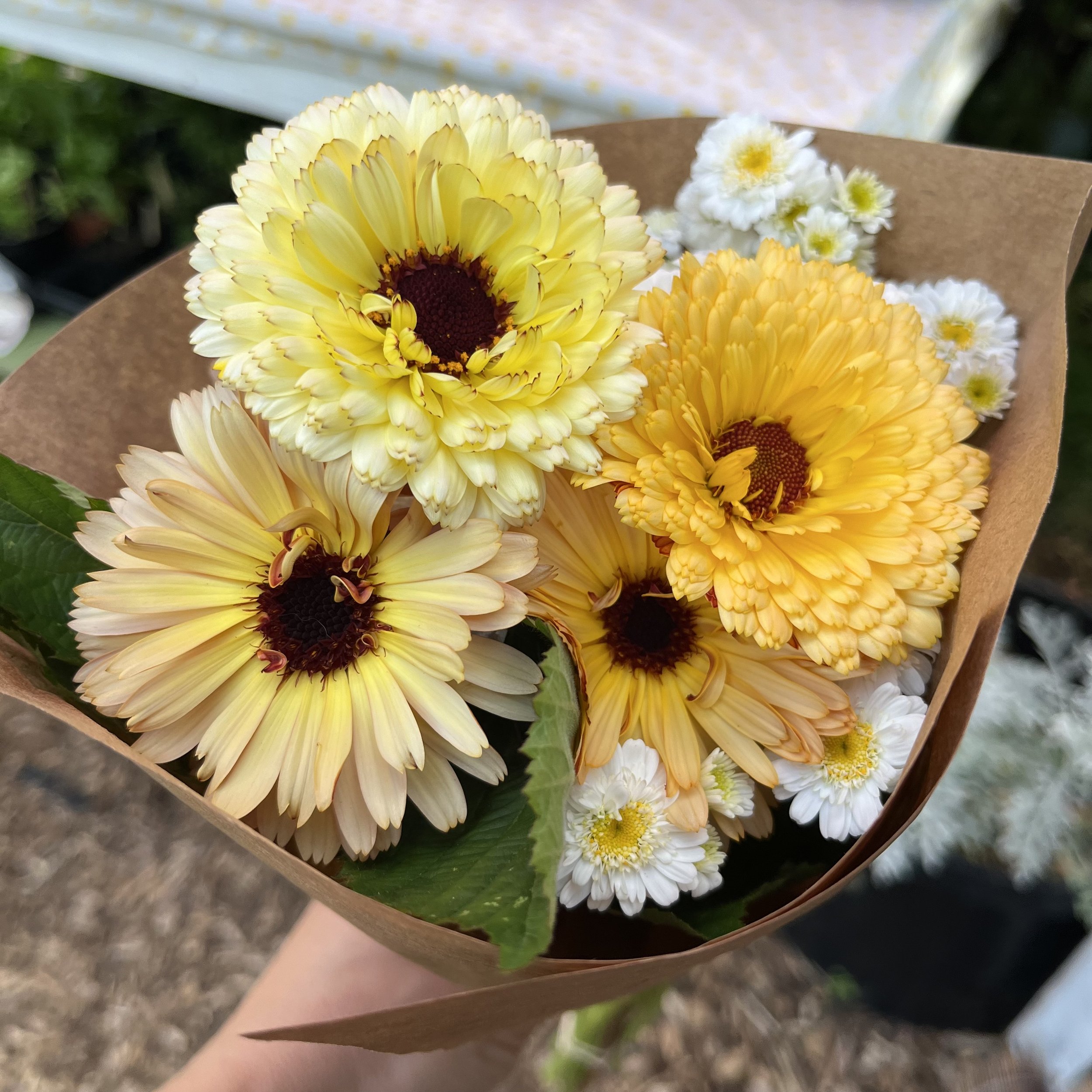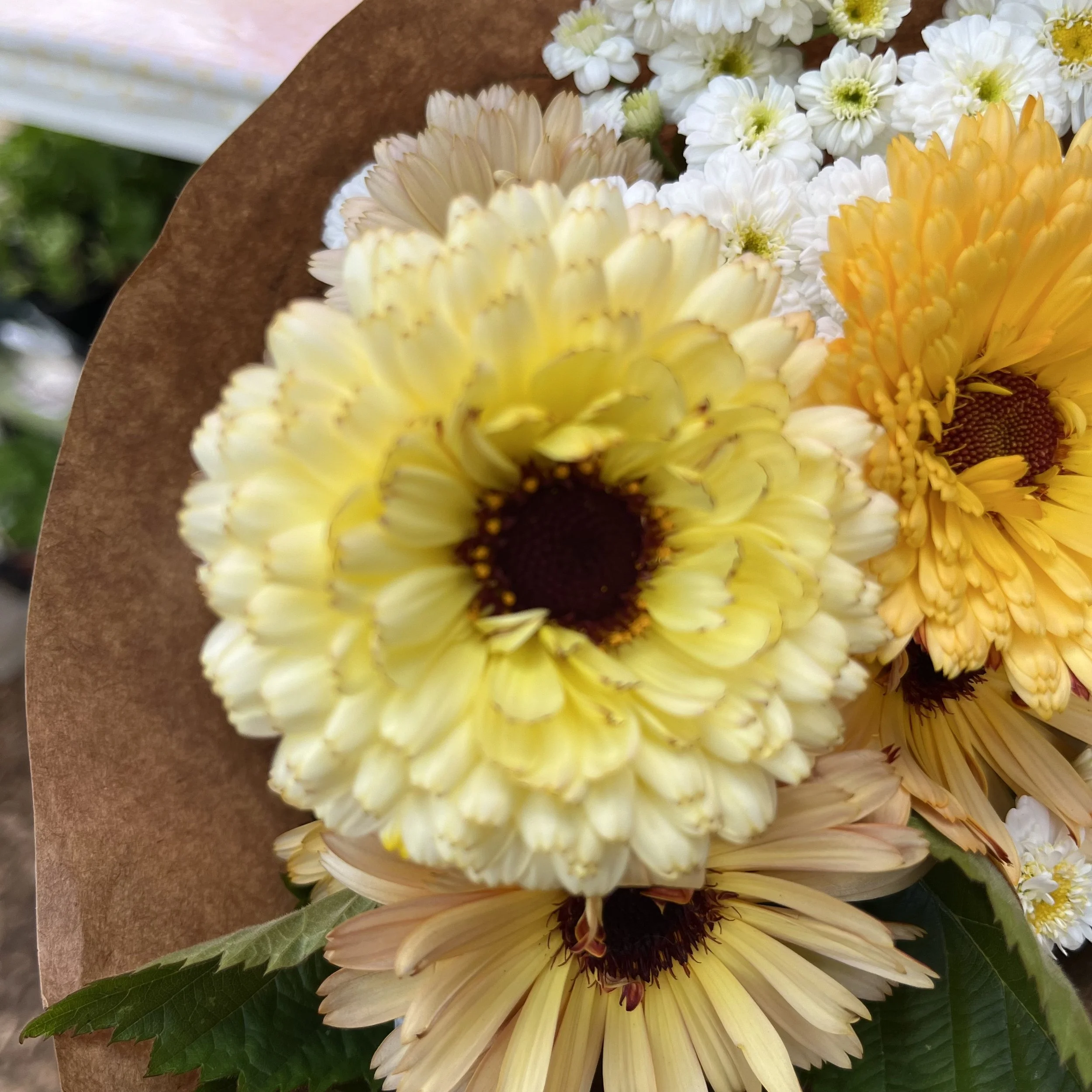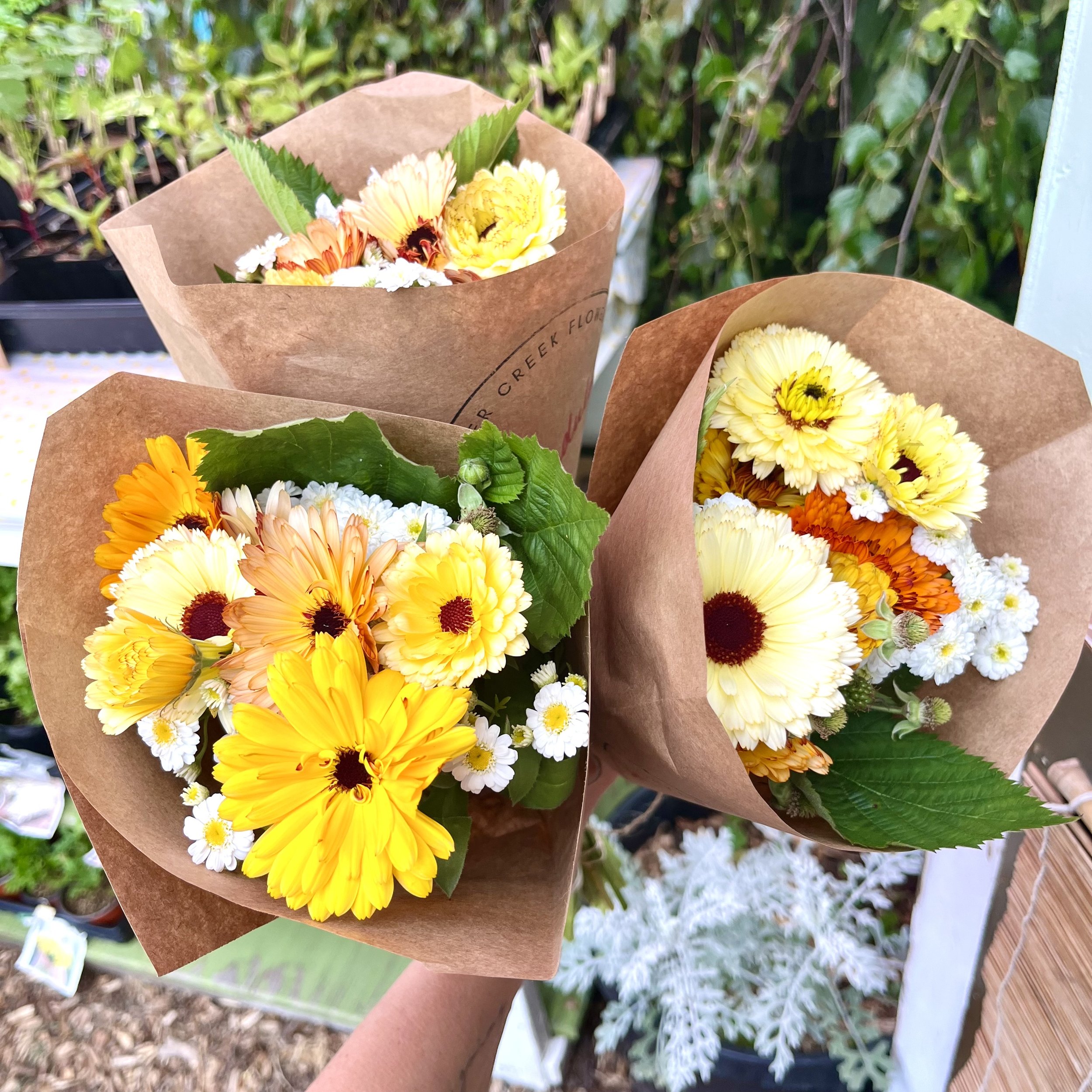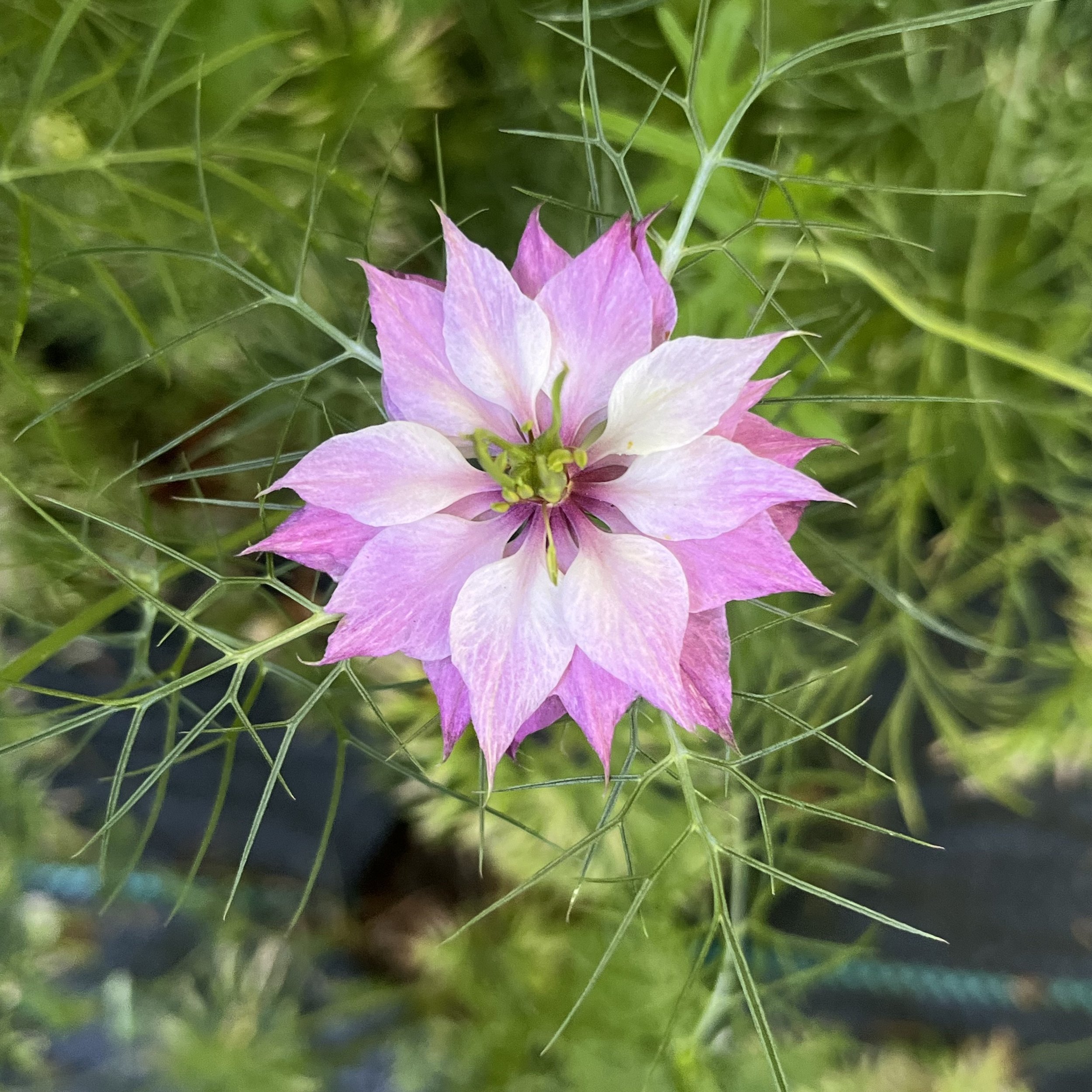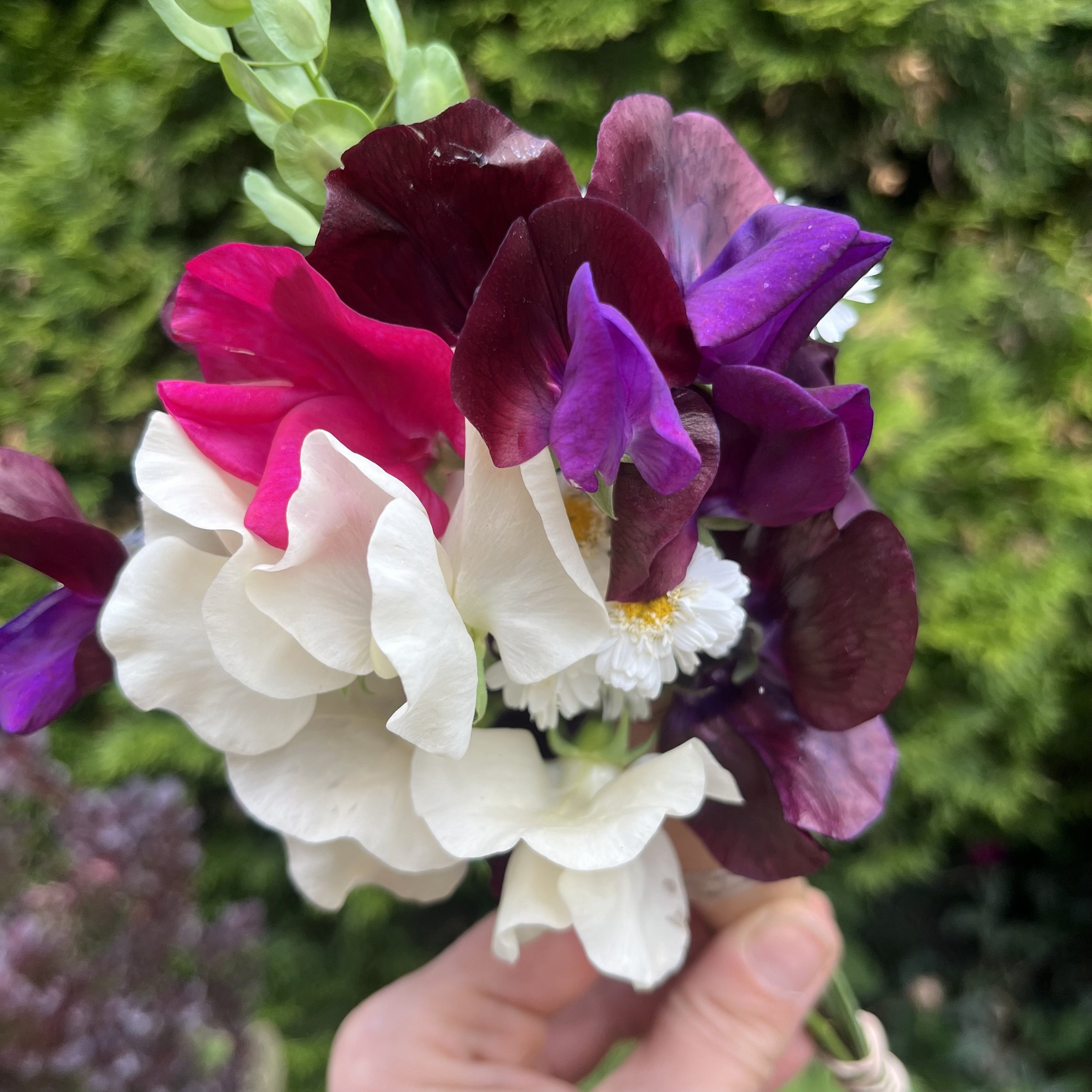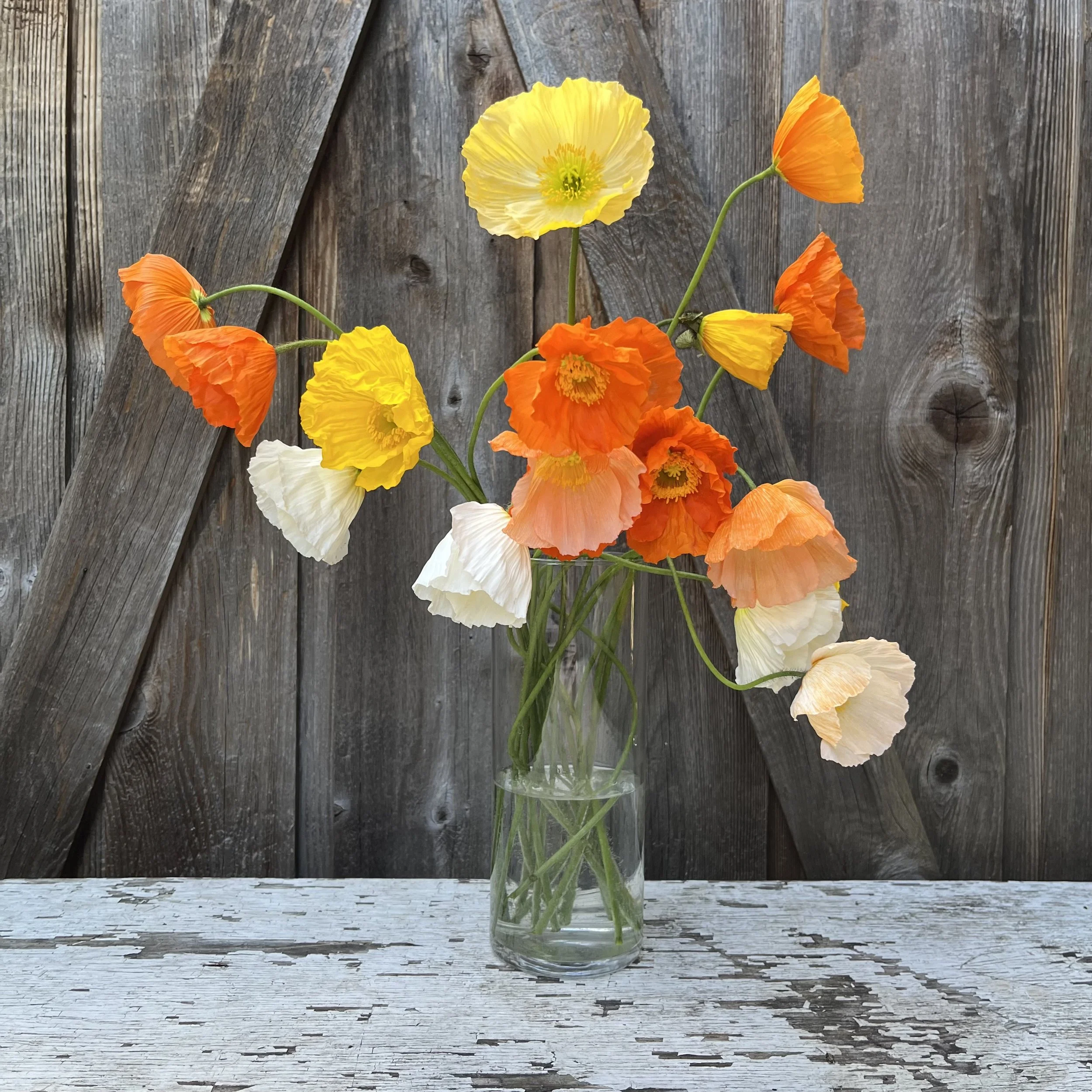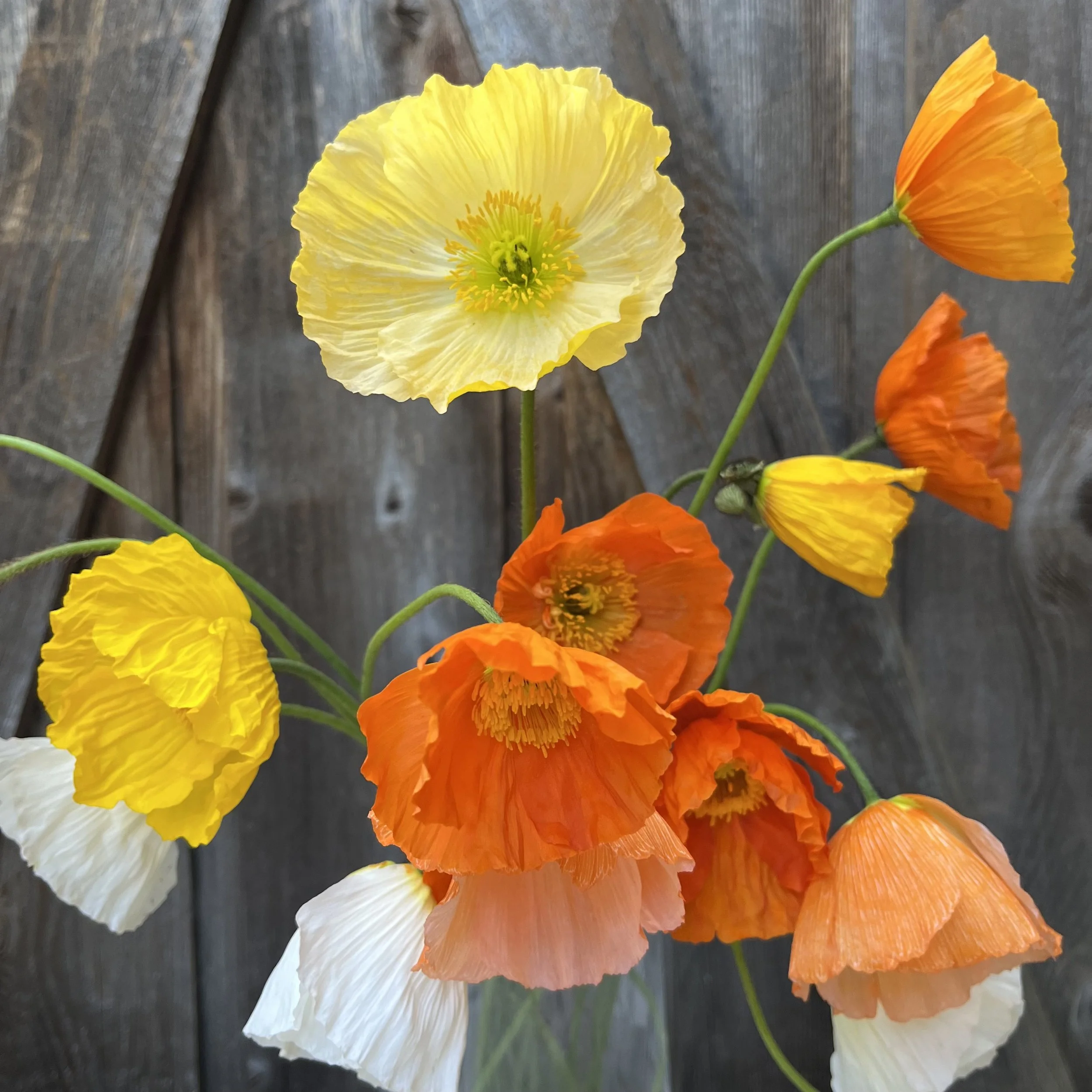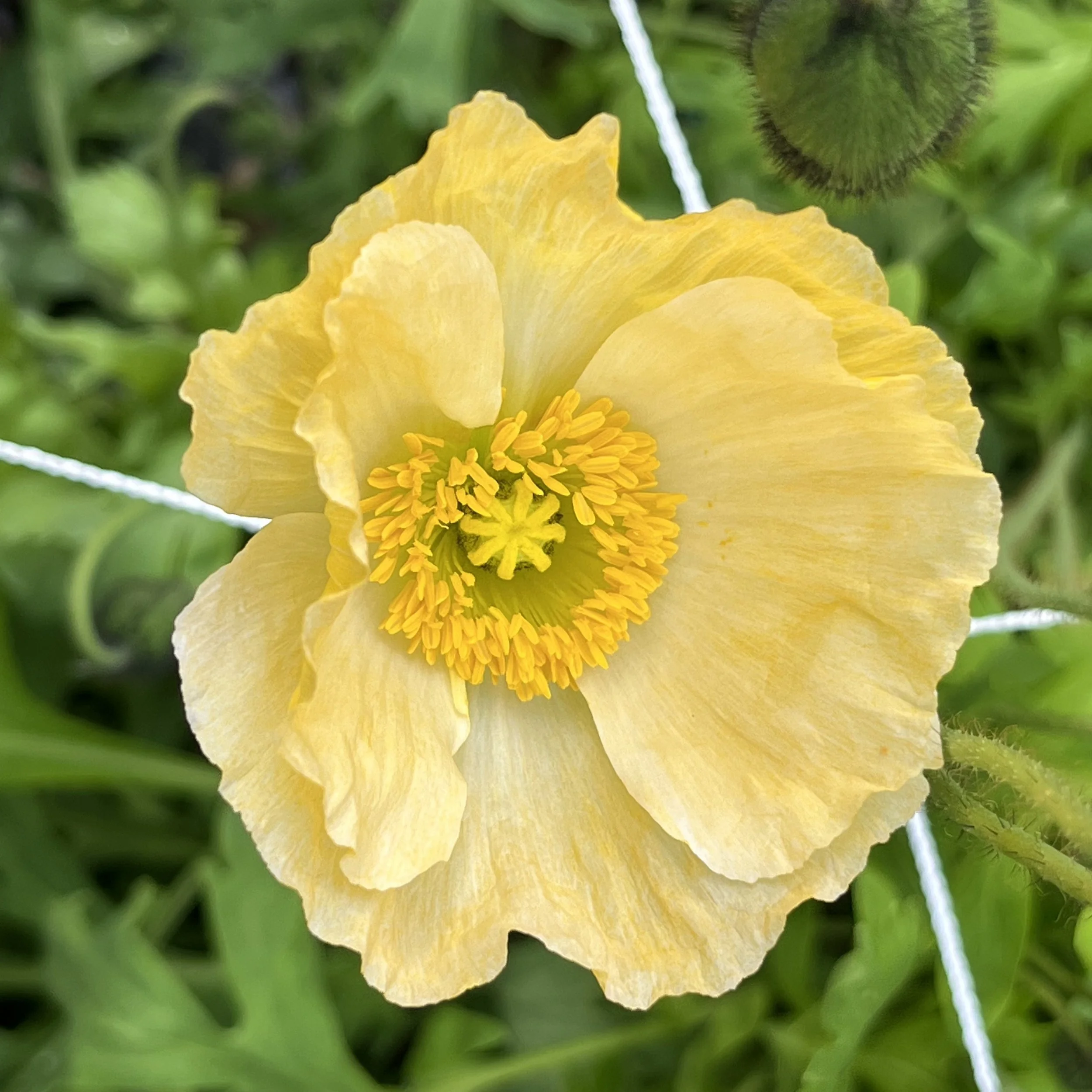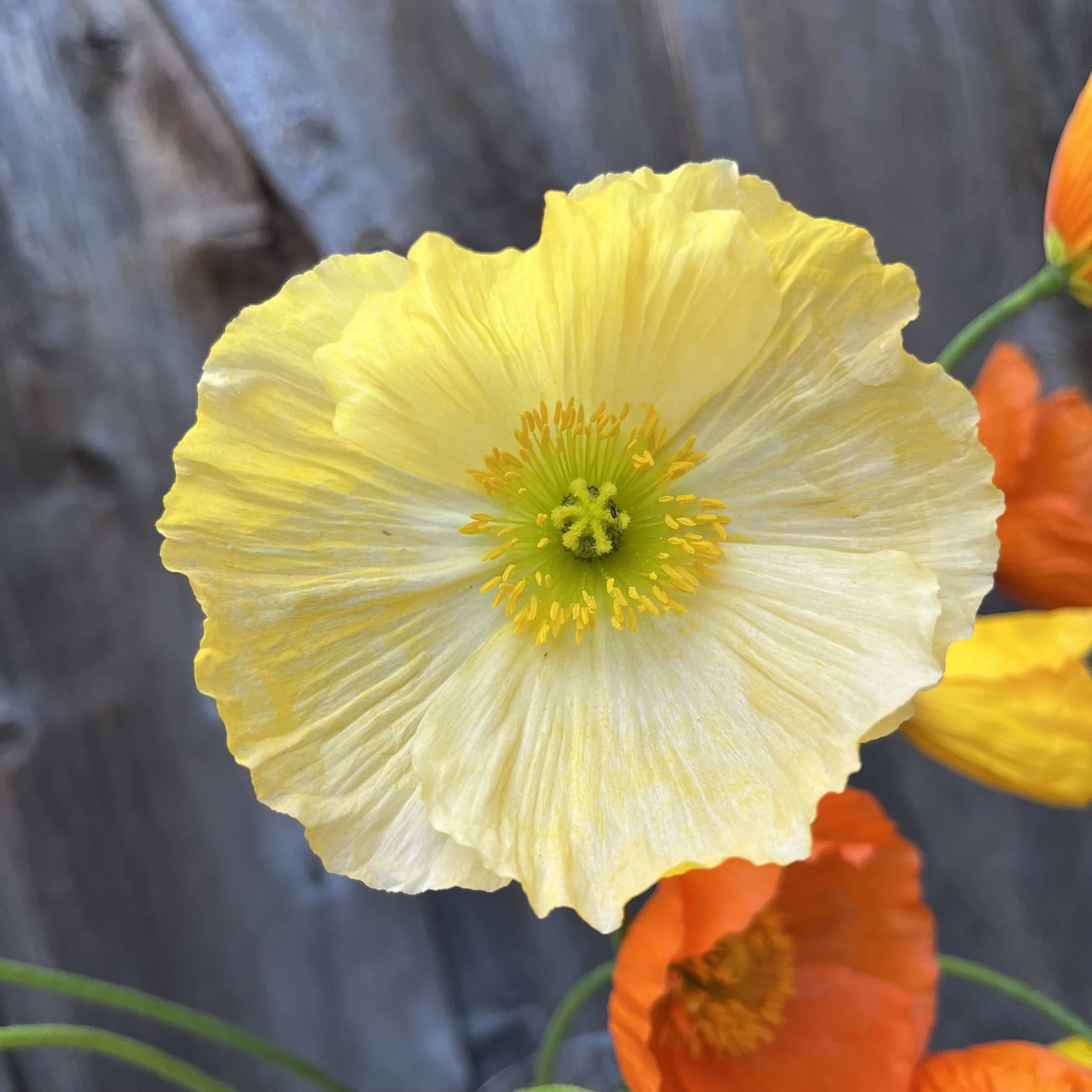Feverfew - Magic Single
These teeny little daisy-like flowers grow in sprays of 10+/stem, attracting pollinators and filling in a cottage-garden landscape.
They make amazing filler flowers in Spring bouquets, and they dry beautifully as well.
Feverfew is a cool-season flower, meaning it likes to get started when it’s cool out in either late Fall to overwinter, or early Spring. This plant will bloom until the heat of summer takes over.
100 seeds/packet
These teeny little daisy-like flowers grow in sprays of 10+/stem, attracting pollinators and filling in a cottage-garden landscape.
They make amazing filler flowers in Spring bouquets, and they dry beautifully as well.
Feverfew is a cool-season flower, meaning it likes to get started when it’s cool out in either late Fall to overwinter, or early Spring. This plant will bloom until the heat of summer takes over.
100 seeds/packet
These teeny little daisy-like flowers grow in sprays of 10+/stem, attracting pollinators and filling in a cottage-garden landscape.
They make amazing filler flowers in Spring bouquets, and they dry beautifully as well.
Feverfew is a cool-season flower, meaning it likes to get started when it’s cool out in either late Fall to overwinter, or early Spring. This plant will bloom until the heat of summer takes over.
100 seeds/packet
Feverfew Seed Starting Information:
Perennial, cold-hardy.
Feverfew is a cool season flower (start seeds in Fall or very early Spring for flowers May-July)
Feverfew seeds are very tiny, so they must be sown on the surface of your soil.
Blooms in Spring and again in Fall if the first flush is harvested
Starting Seeds Indoors:
Fill a seed tray (or your preferred container) with moistened organic seed-starting mix.
Surface sow multiple seeds/cell: sprinkle them on top of the soil and press them with your finger so they’re making contact with the soil.
Sprinkle with a light cover of vermiculite to keep soil moist, but still allow light.
Cover with a humidity dome and place tray onto a heat mat.
Keep your grow-room cool (14c) to mimic their preferred cool growing environment.
As soon as they sprout, take them off of the heat mat and move them under a grow light. You could also start them under a grow light with the heat mat and just turn off the mat when they sprout.
Keep your grow lights within 3” of the top of the seedlings as they grow.
Bottom water as needed (let the soil dry a bit between waterings and pour off any extra water after an hour).
When they are 2-3” tall, harden them off by taking the seedlings outside for a few hours, gradually adding more time daily for 5-7 days until they’re out all day/night.
Plant in a well-amended bed, 6-8” apart, in clusters of 3-5 for more impact.
Starting Feverfew Seeds in the Garden
Prepare your garden for planting with organic compost and fertilizer.
Work in the amendments and rake it as smooth as possible.
Make a shallow (1/2”) furrow or even a handprint in the soil in your desired planting spot.
Sprinkle seeds liberally on the surface, pressing them down gently, but do not cover with soil.
Cover your newly sown seeds with some frost cloth until they’ve sprouted to prevent birds from eating them and to protect them from wind or rain that could wash them away.
Keep the soil moist.
When they’ve sprouted, remove the cover and thin plants to 1 every 6-8”.
Note: If you are starting these in winter or very early Spring the best method is to start them indoors and transplant out the seedlings. Seeds will not germinate easily if the soil temps are below 8c and will just sit there until the time is right.

